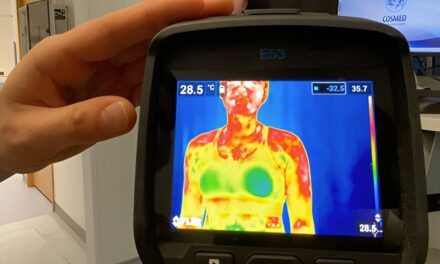In a groundbreaking development, the Food and Drug Administration (FDA) has authorized the use of eflornithine (IWILFIN, USWM, LLC) on Wednesday, marking a pivotal moment in pediatric oncology. This approval heralds a significant stride in addressing high-risk neuroblastoma (HRNB), becoming the first-ever therapy sanctioned to diminish relapse risk in pediatric patients battling this challenging condition.
Eflornithine’s approval by the FDA targets adult and pediatric patients afflicted with HRNB who have exhibited at least a partial response to prior multiagent, multimodality therapy inclusive of anti-GD2 immunotherapy. The authorization of this medication offers a promising avenue to curtail the recurrence of HRNB, potentially reshaping the landscape of treatment options for these vulnerable patients.
During clinical assessments, the most prevalent adverse reactions, with an incidence of 5% or more, encompassed a spectrum of occurrences, including otitis media, diarrhea, cough, sinusitis, pneumonia, upper respiratory tract infection, conjunctivitis, vomiting, pyrexia, allergic rhinitis, decreased neutrophil counts, elevated ALT and AST levels, hearing loss, skin infections, and urinary tract infections. These observations, inclusive of laboratory abnormalities, underscore the comprehensive assessment required in administering IWILFIN.
Patients and healthcare providers are strongly encouraged to consult the full prescribing information for IWILFIN to glean comprehensive insights into its recommended usage, potential side effects, and crucial safety considerations.
The approval of eflornithine (IWILFIN) stands as a monumental achievement, pioneering a novel approach in pediatric oncology by aiming to reduce the risk of relapse in high-risk neuroblastoma patients. This milestone signifies a critical advancement in pediatric cancer care, offering renewed hope and a potentially transformative treatment strategy for pediatric patients grappling with this challenging and often high-risk condition.











